
Search
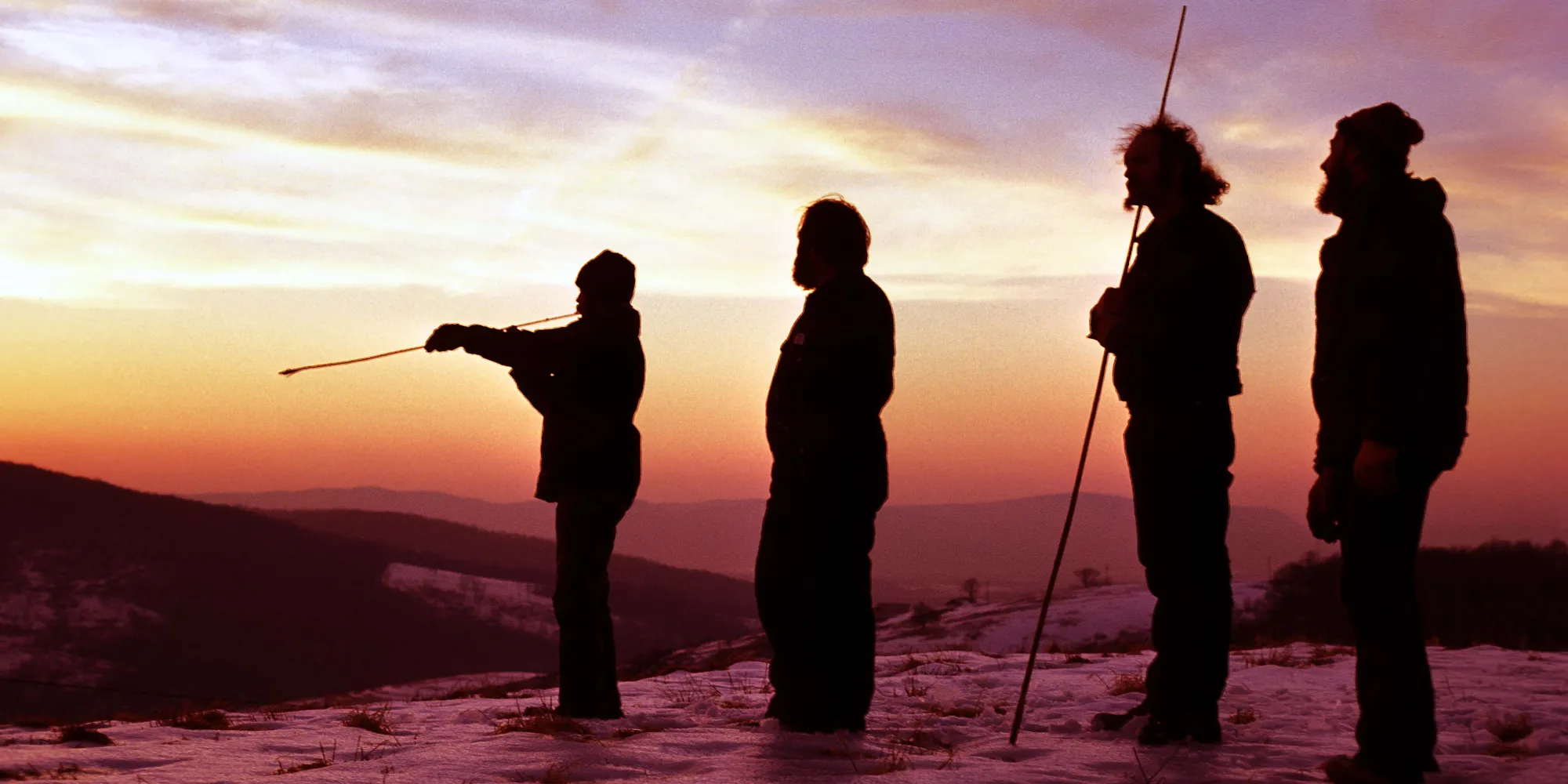
News from Recovering Voices
Finding Knowledge to Revitalize Kiksht
By: Judith Andrews with the Wasco community research group
09/09/2015

When searching on Wikipedia, you will see that Kiksht is described as a “recently extinct language.” Says who? Kiksht is the language of the Wasco people, members of the Confederated Tribes of Warm Springs who reside near the Columbia River in Oregon, and they are working to create more speakers.
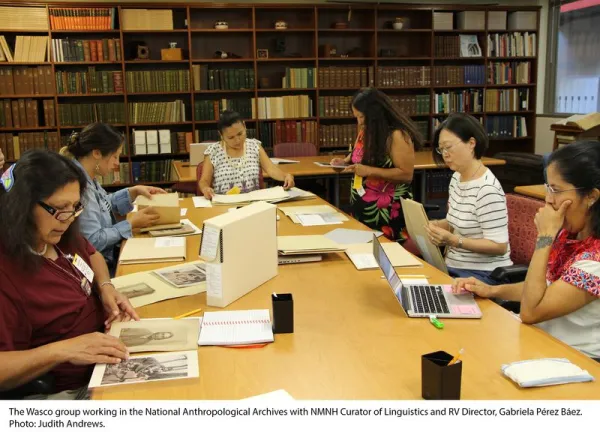
The latest recipients of the Recovering Voices Community Research Grant would argue that Kiksht is not extinct. It is a language that is critically endangered, but the language program is working diligently to research and teach the language. During the week of August 31 to September 4, the Wasco group spent time using both collections and archives to find new vocabulary and increase their stock of Wasco cultural images for their Kiksht dictionary.
Collections research took the group to the NMNH Anthropology collections as well as the NMAI collections. The community has an urgent need to conduct both archival research and collect images of objects for the dictionary. Cultural knowledge is embedded in both language and material objects. The description of a mountain sheep horn bowl, for example, comes to life when paired with an image of the object. An engaging dictionary will have images of objects giving the opportunity to apply the Kiksht language to describe their uses, history and form.
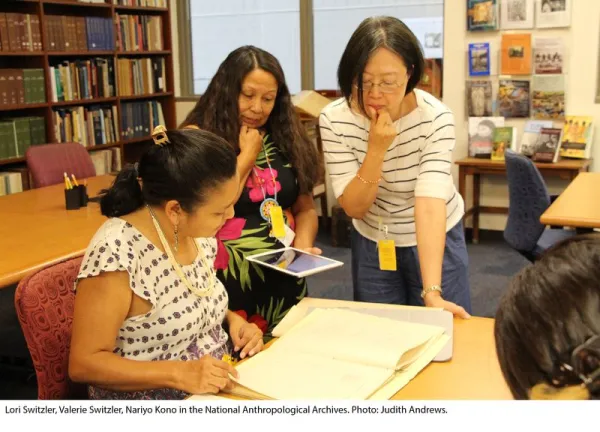
For this community research visit, searching for relevant Kiksht materials in the collections presented an interesting challenge. The Wasco people have been known by a variety of names throughout the years and any one or a combination of names was given to materials as they were accessioned by the Smithsonian. Rarely are materials labeled with the name of a language, so searching for “Kiksht” was unproductive. Searching instead using tribal names and places located near the Warm Springs Reservation provided by the community researchers produced many more archival materials. This proved to be a good lesson for conducting community research in the Smithsonian collections: don’t limit yourself to search terms that you already know. Expand the search broadly, and do plenty of research in advance to open up more possibilities for discovery. This lesson proved equally beneficial for the collections as new data is added to the collections with each new result. As with every Recovering Voices community research visit in the collections, we learn just as much as the communities themselves. This visit has been an engaging and valuable exchange in many ways. As one of the members stated, “I didn’t realize how much we could add to the collections, I thought you would be giving us all the information.” There are ample opportunities to learn and share from each other.
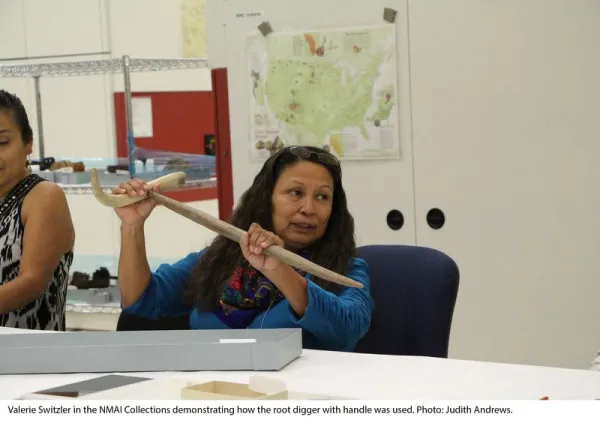
At many points while researching, it became necessary to follow a lead and find where it takes you. In the case of one piece of archival correspondence at the National Anthropological Archives, a Wasco word list was sent through three different individuals on its journey to the archives. By following and researching the individuals who were part of the chain, it might be possible to discover more linguistic data and new vocabulary for the dictionary. In both the NMNH Anthropology and NMAI collections, the group found mountain sheep horn bowls that are no longer made by the tribe. Together the group found the archives and objects culturally enriching, making the research visit both fruitful and a rewarding experience.
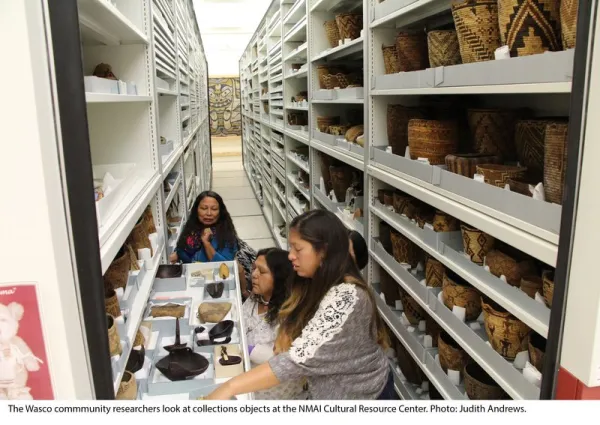
As we parted ways at the end of the week, it was by no means the end of this research project, but the beginning of a meaningful exchange and relationship that will continue as the Wasco seek to rebuild their language community. The research will take many years, quite possibly a lifetime’s worth, but it is worth it to hear children speaking Kiksht again.